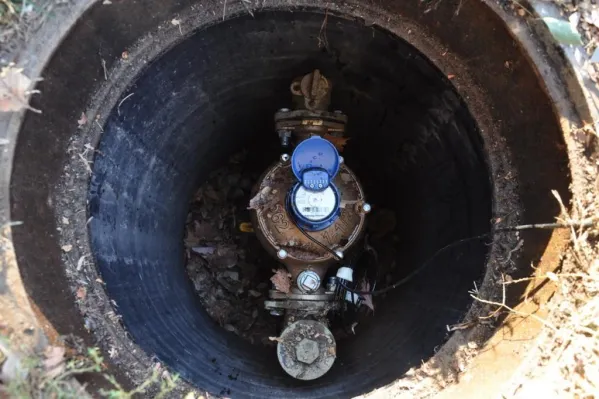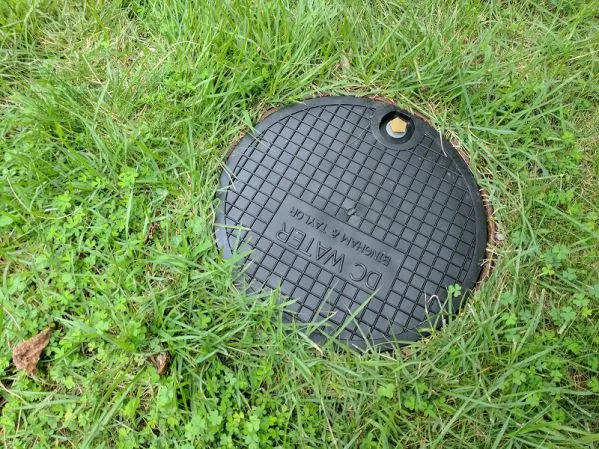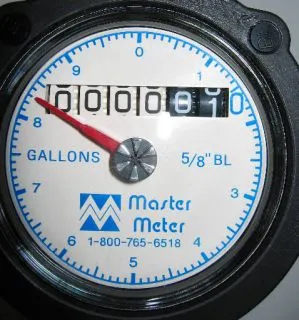Water Meter

Discover the location of your water meter well or water meter, typically positioned along the sidewalk in front of your home. It is housed inside a box with a marked cover labeled 'WATER METER' or 'WATER.' Understand the importance of this essential component for tracking household water usage
In the United States, your water meter serves as a vital tool for monitoring and managing your household's water consumption. To locate the meter box, also referred to as the water meter well, you will typically find it positioned along the sidewalk, right in front of your home. This placement ensures easy access and convenient monitoring.
The water meter is housed within a robust concrete box, designed to protect it from the elements. This box features a prominently marked cover, clearly labeled as 'WATER METER' or simply 'WATER.' Such labeling enables quick identification, ensuring that you can locate and access your water meter with ease.
Understanding the importance of your water meter and its physical location is essential for effectively tracking and managing your household's water usage. Regularly checking your water meter empowers you to make informed decisions regarding water conservation and promptly detect any potential leaks or irregularities.
By being aware of the significance and location of your water meter box, you can take an active role in monitoring your water consumption, promoting sustainability, and ensuring efficient water management in your household.


In some homes the water meter is located in the basement. It may be a bit dark inside th4meter box, so bring a flashlight along!

Water meters in the United States measure water usage in either cubic feet or gallons. It's important to note that one cubic foot is equivalent to 7.48 gallons. For example, if your meter indicates that you used 41 cubic feet of water in a day, multiplying this by 7.48 reveals that over 306 gallons were consumed during that period. Utilities in the United States often bill water usage in units, typically measured as 100 cubic feet (equivalent to 748 gallons) or, alternatively, as 1,000 gallons.
To check for leaks in individually metered residences, you can utilize your water meter. Start by ensuring that no water is being used on the property. Then, open the cap of your water meter and take note of the dial test hand's position. Refrain from using any water for the next 30 minutes. After the elapsed time, if you find that the dial has moved, it indicates the presence of a leak. In such cases, continue reading to determine the possible cause and solution for the identified leak.
It's important to be aware of the local regulations and procedures related to water metering and billing in your specific area. Different states and utility companies may have variations in their measurement units and billing practices. For example, in California, water meters typically measure in hundred cubic feet (HCF), where one HCF equals 748 gallons. Other regions may use a measurement of 1,000 gallons as a unit for billing purposes.
By regularly monitoring your water meter and promptly addressing any leaks, you can conserve water, prevent unnecessary costs, and contribute to sustainable water usage practices in your community.